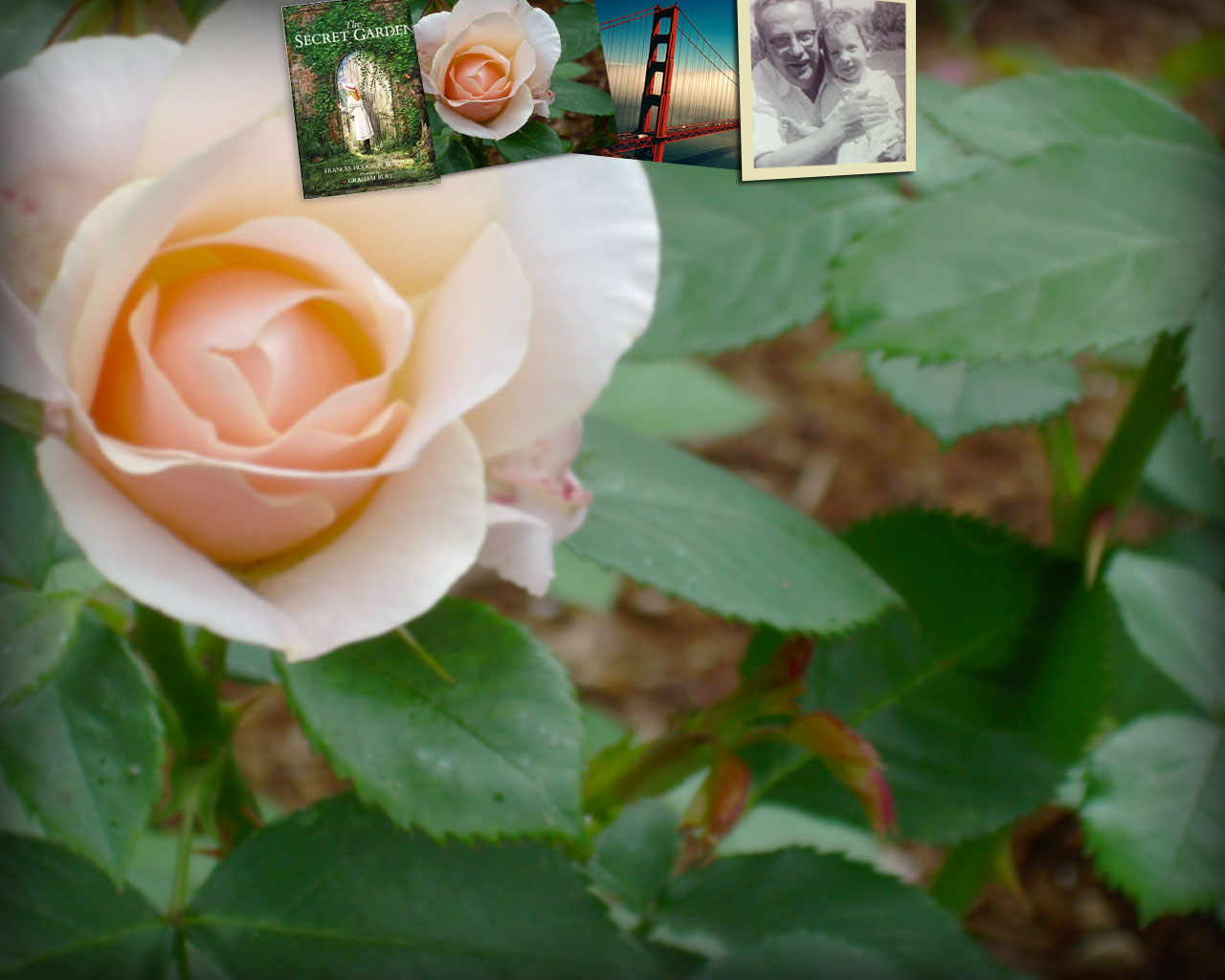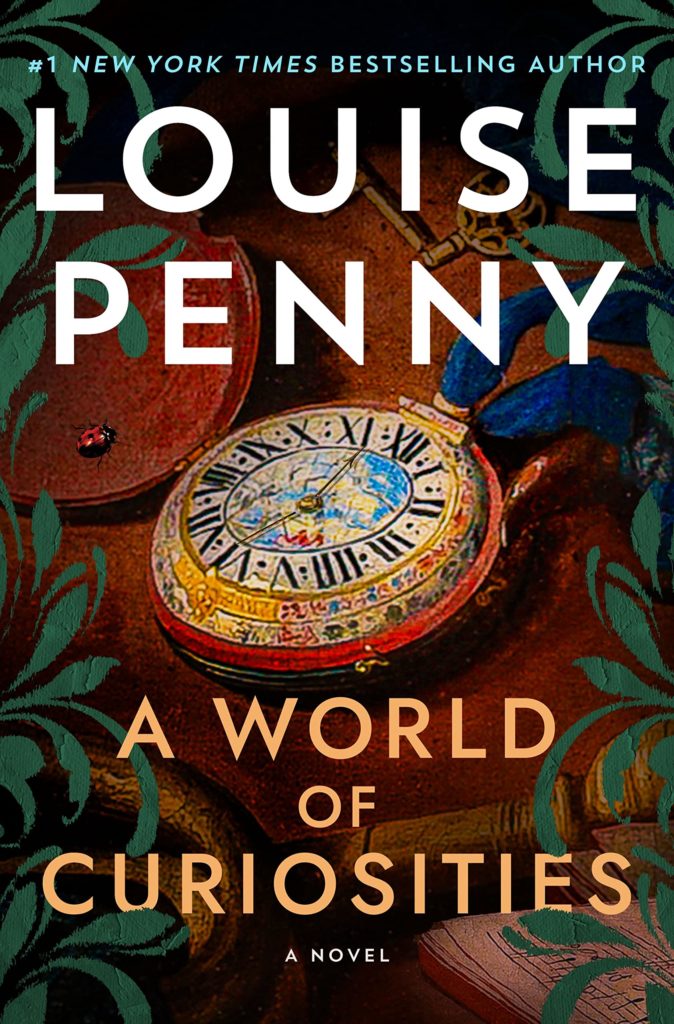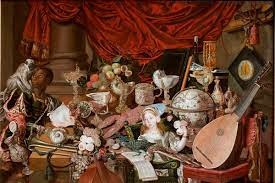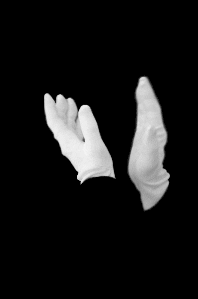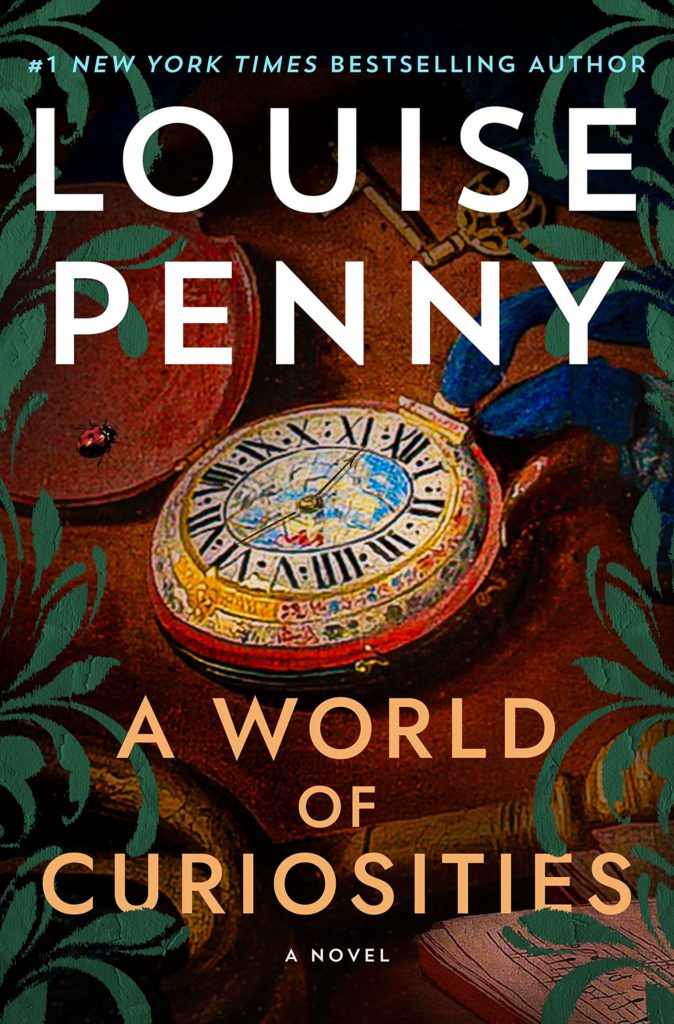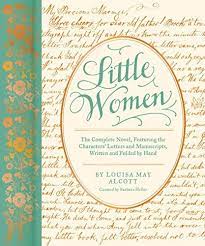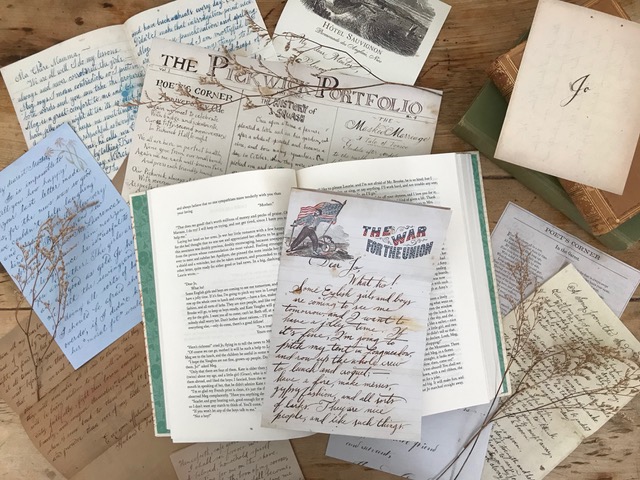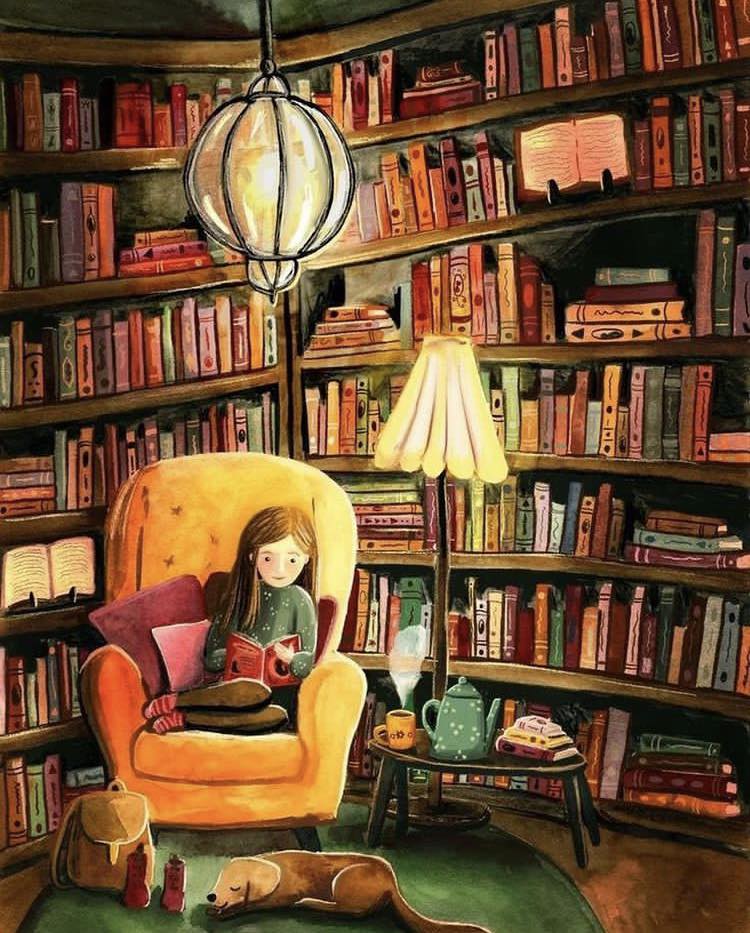A World of Curiosities by Louise Penny
Every time I start a new Louise Penny book, I promise myself I will read it slowly and savor each and every sentence, but I usually devour them in one or two long reads.
However, with A World of Curiosities, it has taken me forever. My mistake. I bought it on publication day at the end of November, and then Thanksgiving arrived and I had to put it aside several times, then it was the holidays and I had many other things to do, including (as usual) knitting gifts while watching Christmas movies. In short, I was way too distracted.
I only recently picked it up again, having made it almost half-way through and decided I wanted to remind myself of the beginning. I started it again, and this time, read it in great big chunks of time, during our recent storms.
I am so glad I started it over as this is one of Ms. Penny’s best-plotted mysteries and filled with many intricacies and story lines.
The story opens with Jean-Guy Beauvoir and Armand Gamache’s first meeting at a crime scene and the beginning of their mutual bond. Ms. Penny doesn’t just use this as a prequel. Instead, this origin story becomes the jumping-off point for the current-day mystery — and what a mystery.
As I read along, I kept thinking of what Gamache says to Jean-Guy during their first encounter – There is always another story. There is more than meets the eye.
The story moves to a combined commemoration and graduation ceremony at the École Polytechnique Montreal. The engineering university was the actual scene one of the worst tragedies in Canadian history: the Montreal Massacre in 1989. A horrific mass killing of female engineering students by a man who separated the male students from the women, and told the men to leave. Outraged by women moving into what was a formerly male-only domain of engineering — he shot all the female students he could find.
In addition to reminding readers of this terrible crime, the scene also serves to introduce two important new characters of this entry in the series, Harriet Landers and Fiona Arsenault, who both graduate as engineers during the ceremony. We are also introduced to Sam Arsenault, who alarms and frightens Gamache.
Upon viewing Three Pines from a rooftop, the recent engineering graduate, Harriet points out an odd part of one of the village’s buildings, and decides there must be a hidden room in Myrna’s loft above her bookstore. And when opened up, the room uncovers many secrets from the past and a huge montage canvas which mimics the famous The Paston Treasure — an oil painting that serves as a historically rare record of a cabinet of treasures in British collecting.
The painting has a multitude of worrying hidden messages and puzzles that alarm and alert Gamache to an old foe intent on destroying everything and everyone Gamache holds dear.
And that’s about all I can tell you about A World of Curiosities without revealing too much. Suffice it to say, there are two different and often dark story lines – resulting in the search for a lunatic. The last few chapters are filled with such tension and bombshells, at times, I forgot to breathe.
Don’t worry Book Barmy friends, we still have Three Pines; the wonderful food, the serene bench overlooking the village, the grouchy poet, Ruth and her foul-mouthed duck, Rosa, the therapist Myrna, the artist Clara and, of course, Olivier and Gabri — all with their support of each other and a strong sense of community.
What the village in the valley offered was a place to heal. It offered company and companionship, in life and at the end of life. It offered a surefire cure for loneliness.
Ms. Penny always envelopes her readers in a world of knowledge — a world of curiosities, if you will –as she brings art and music, poetry and history into the story. For example, we learn that the École Polytechnique gives its graduates rings made made from the metal remains of the first Québec Bridge which collapsed in 1907, killing eighty-six workers. It was a catastrophic failure of engineering. The rings were made to remind engineers of that disaster, and the consequences of what they do.
Over the course of the Three Pines series, we’ve watched as Gamache uncovered the worst in society. But this time, he has to uncover and examine the worst in himself, as well confront as his deepest fears.
Like all Ms. Penny’s series, A World of Curiosities is never “just” a mystery novel — but rather an artful balance of suspense, combined with thoughtful human insights — along with social and moral issues.
The main reason I read this series is each one always brings up questions of morality, forgiveness, fear, courage and acts of human decency, which in the end, are the true messages of hope in life, and which we all too often miss.
Ms. Penny, you continue to amaze. Still your biggest fan.
Stormy Weather
Our weather out here has received national media coverage and yes, we’re getting slammed with rain and high winds. But, compared to nor’easters back East, tornadoes in the mid-West, and hurricanes in the Gulf – well you must think us wimps. And, you’d be right, but folks, remember this is California, and we don’t actually get real weather. Okay, there are fires and the rare earthquake, but mostly it’s 300 days of sunshine. Here in San Francisco – it’s usually fog or no fog — so bear with us if we’re freaking out a bit.
All this rain is great for our drought, but so much at once is saturating the ground and causing mud slides and flooding in Santa Cruz and low lying areas. (not us we’re on a hill in the city)


And we’ve had lots of power outages.
We lost power last night and after lighting some candles, we snuggled under an afghan, and after a long lovely chat, Husband went to bed early and I decided to read.
How romantic I thought, I’ll read by candlelight — imaging every Jane Austen novel.
We unearthed our trusty candle holder we’ve had since living in New Hampshire, an ingenious Yankee design.
And so I picked up my current book which I’m almost finished.
And it worked for awhile, but I soon realized these old, aged, mature eyes would need many more candles to read any longer.
Well aware of the sham, and with the candle as ambiance, I turned on my Kindle at full light setting, and started this from Dean Street Press. Mine is a digital advanced reader in black and white, so I’ll show you the lovely cover in full color.
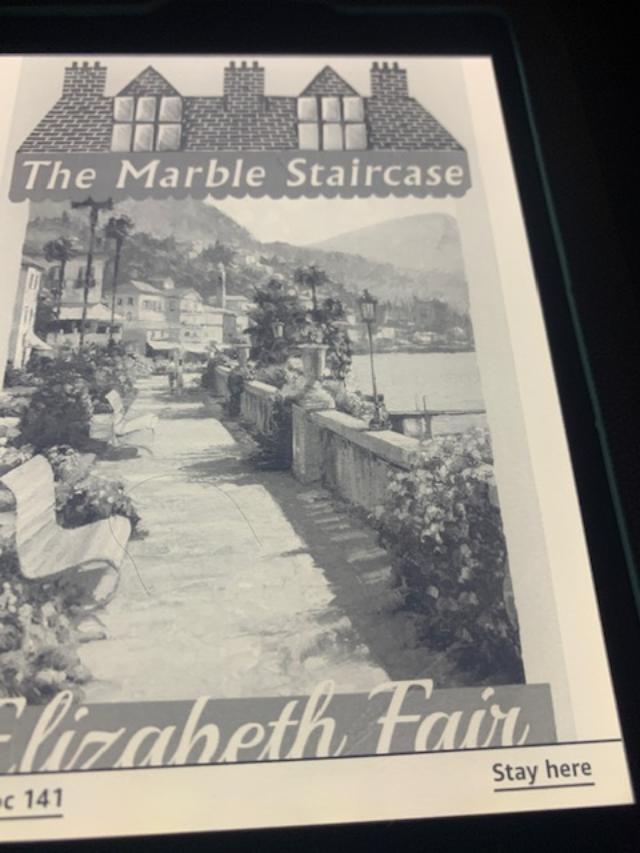
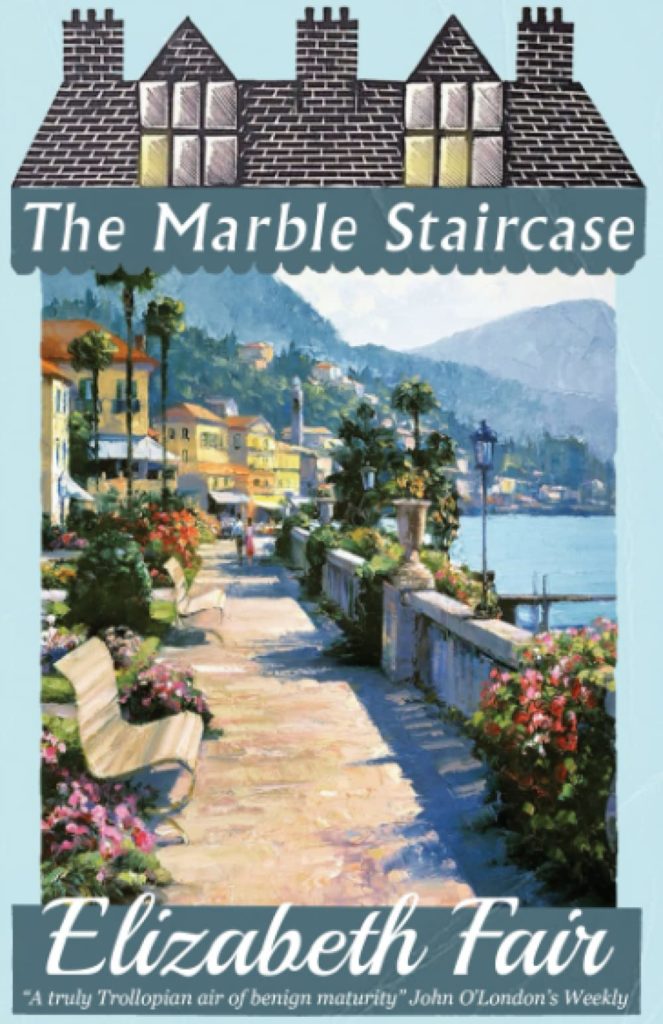
I read three delightful chapters by screen and candlelight before retreating to bed.
This morning the storm has passed, power is restored, and it’s 58 degrees and sunny. Such is life here in California.
A friend who walks his dog down along beach sent me this photo of the surf a couple of evenings ago, just before the storm. Taken from a safe distance, he didn’t venture on to the beach with these enormous waves. The sound of the surf is loud even up here — blocks up from the beach.
We will get another big storm on Monday, after that, the worst is over.
Our weather forecasters are experiencing the high point in their careers of boring weather reporting. Never heard them talk so fast.
We’re safe. We’re wimps. We’re Californians.
New Books for the New Year
Do I need any more books? Most would cry “certainty not”! Luckily, my loved ones are not in that crowd and sent me some off-the-charts special books this Christmas.
One from my sister and the other from a good friend — both of whom listened to me whine about know how much I miss my bookstore gig.
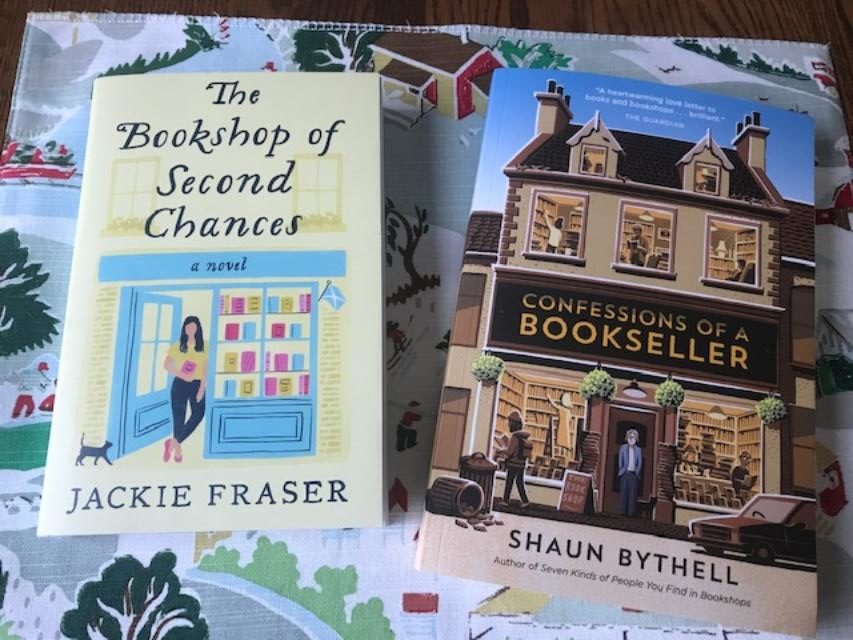
Both take place in Scotland (sigh of pleasure) – the first is a novel about a women who inherits a cottage in Scotland and opens a bookshop (yes, please), and the second is a true account of a bookseller running an idyllic bookshop in Wigtown, Scotland– a famous town known for its used bookshops (on my travel bucket list).
Also, just look at this hand-painted bookmark my artist friend made for me…another sigh.
Then, early in December, Husband asked me if there was something I wanted, but couldn’t (or wouldn’t) justify purchasing and he would get it for me. What a question! My response could have resulted in an exorbitant gift, but husband was secure in knowing it would likely be a book, rather than a car or jewelry.
You see, I already own a beautiful copy of Little Women in my grandfather’s classics, so I couldn’t really rationalize a second copy.
But I really, really wanted this one.
Why?
This edition is special. It contains pockets throughout containing gorgeous, removable replicas of significant letters, the home playbills, and other ephemera from the story, re-created with beautiful calligraphy and painstaking detail.
From the book’s blurb: “Pull out each one, peruse its contents, and allow yourself to be transported to the parlor of the March family home.”
And transported I shall be.
This rainy New Year’s weekend, I’ll be happily perusing my new books.
I shall end this year with a sincere and hopeful Book Barmy wish for 2023
Holiday Advertising
As is tradition here on Book Barmy, I give you the best Christmas commercials of 2022 As an old ex-advertising gal, this is one of my favorite parts of the holiday season. Once again, a majority are from the UK ~~ those British ad agencies work hard to bring us some of the best seasonal advertising.
So on this Christmas eve, get yourself a cup of warm cheer, turn up your sound, expand to full screen and enjoy these ads – from me to you!
Wishing you a cozy holiday filled with love, family and friends ~~ and of course some new books.
For all you classic car fans.
Amazon helps a father bring magic to a boy missing his mother.
A lovely ad of chance encounters and winning more than the lottery.
A new twist on the tin man from the Wizard of Oz
A tribute to food made with love over the years
A wonderful surprise is the best gift of all.
This depicts a man preparing for his new role as a foster father.
Be ready with a tissue near by – this one’s a tearjerker.
A Forever & Always Christmas Tree
It’s a sad state of affairs out here when it comes to Christmas trees. Due to the fires and our on-going drought, the available live trees are a very sad looking lot and frightfully expensive. You may remember the year when we went without a tree. We didn’t want to do that again.
Balsam Hill recently opened a factory outlet down south of us, so we decided to go look before Thanksgiving. We had to find the right size, as we can only fit a small tree in our bay window/window seat. Surprisingly, we were impressed, these were some beauties and we realized artificial trees have come a long way, and with the factory outlet price, we brought home our forever and always tree.
Much to Husband’s delight, the tree comes with lights already affixed (cheering by Husband) and once the two pieces are fit together, and with special gloves provided to protect the finish on the needles, one bends the branches down and out until there are no gaps (whew, that took some doing).
We finished decorating it the other night and stood back to assess the new kid…and although I entered into this dubiously cranky — well we think it’s pretty darn good.
The tree looks quite realistic, even close up —


Some favorite ornaments which we have been collecting for years…click on photos to see clearer.









So as much as I hate to admit it, this tree is as beautiful as any we’ve had. It comes apart back into two pieces which fold up and supposedly fit into a cheerful red storage bag (hmmm, I will report back on if it fits…).
Now about the lack of real tree smell – my sister sent me Balsam incense from Maine and my brother, a pine candle — so we even have the proper scent.
We’re almost ready for Christmas…just one last baking project for the neighbors.
Then it’s my favorite time of cozy nights, fire in the fireplace, schmaltzy Christmas movies, and, of course, books.
Hope you are enjoying your holidays – stay well, stay warm and especially be safe out there.
